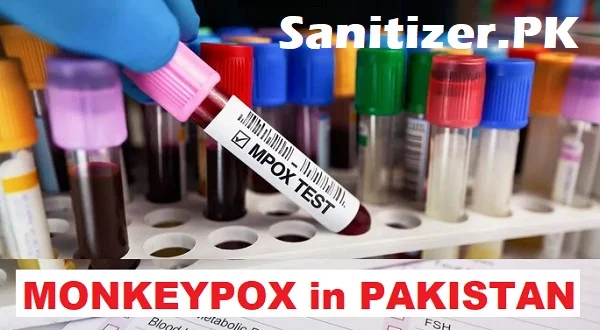Monkeypox is a viral zoonotic disease caused by the monkeypox virus, closely related to smallpox. It spreads through close contact, contaminated materials, or respiratory droplets. Symptoms include fever, rash, and swollen lymph nodes. While less severe than smallpox, vaccination and preventive measures are essential for high-risk individuals.
1. What is monkeypox?
Monkeypox is a viral zoonotic disease caused by the monkeypox virus, which is part of the Orthopoxvirus genus, similar to the virus that causes smallpox.
2. How does monkeypox spread?
Monkeypox can spread through close contact with an infected person or animal, as well as through contaminated materials like bedding or clothing. It can also spread via respiratory droplets during prolonged face-to-face contact.
3. What are the symptoms of monkeypox?
Symptoms typically include fever, headache, muscle aches, back pain, swollen lymph nodes, chills, exhaustion, and a rash that usually starts on the face before spreading to other parts of the body. The rash progresses through stages from macules to pustules before scabbing over.
4. How severe is monkeypox?
Monkeypox is generally less severe than smallpox, but it can still be serious. In most cases, the symptoms resolve within 2 to 4 weeks. However, complications can arise, particularly in immunocompromised individuals.
5. Is there a vaccine for monkeypox?
Yes, vaccines developed for smallpox, such as the JYNNEOS (Imvamune or Imvanex) vaccine, have been found to be effective against monkeypox. Vaccination is recommended for individuals at higher risk of exposure.
6. How is monkeypox treated?
There is no specific treatment for monkeypox. However, antiviral medications used to treat smallpox, like tecovirimat (TPOXX), may be used. Supportive care to alleviate symptoms is also important.
7. Can monkeypox be prevented?
Prevention strategies include avoiding contact with infected animals or individuals, practicing good hygiene, and using personal protective equipment (PPE) when caring for infected patients. Vaccination may also be used as a preventive measure in high-risk populations.
8. Where is monkeypox most commonly found?
Monkeypox is typically found in Central and West African countries, but outbreaks have occurred in other parts of the world, including the United States and Europe.
9. Why is it called monkeypox?
The disease was first identified in laboratory monkeys in 1958, which is why it was named monkeypox. However, the primary reservoirs of the virus in nature are likely rodents, not monkeys.
10. Is monkeypox related to smallpox?
Yes, monkeypox is related to smallpox because both are caused by viruses in the Orthopoxvirus genus. However, monkeypox is less contagious and generally less severe than smallpox.
11. What other terms are used for monkeypox?
The World Health Organization (WHO) has recommended that the term “mpox” be used instead of monkeypox to avoid stigma and misrepresentation. “Mpox” is now increasingly used in official communications.
12. What should I do if I think I have monkeypox?
If you suspect you have monkeypox, seek medical attention immediately. Isolate yourself to prevent spreading the virus to others, and inform healthcare providers about your symptoms and any potential exposure.
13. How long is the incubation period for monkeypox?
The incubation period for monkeypox typically ranges from 6 to 13 days but can be as long as 21 days.
14. Can animals other than monkeys carry monkeypox?
Yes, various animals, particularly rodents like rats and squirrels, can carry the monkeypox virus. Human-to-human transmission is less common than animal-to-human transmission.
15. What should I do if I’ve been exposed to someone with monkeypox?
If you’ve been exposed to someone with monkeypox, monitor your health closely for symptoms for 21 days. In some cases, vaccination may be recommended to prevent the onset of the disease.

